In our first blog post on teen acne, we tackled the first 6 things you should know. Here are the last 6 things to know about teen acne, along with some ideas on how best to treat it.
7) A healthy skin care regime for teens is to focus on decreasing the oil, exfoliating the skin, moisturizing, and decreasing inflammation and bacteria. The best products to do this are Retin-A’s, benzoyl peroxide, and oral or topical antibiotics. Salicylic Acids are also great first line defenses for acne. This will dry the existing lesions, and exfoliate the skin very well.
8) Controlling oily skin in an arid environment can be tricky. I will usually have teens start with some chemical peels for this as well as at home products. Benzoyl peroxide does a good job of drying the skin and Retin-A and Retinols also help control acne. The flip side is that they may also over dry, so pulse doing these products and alternating day to day or using one product at night and another in the morning will help prevent over drying. Again it is very important to use moisturizers with anti-inflammatory agents such as polyphenols (green tea extracts). Medical grade products are the best for this as they are non-comonogenic, are free of heavy oils, and most will have acne fighting agents as well. Many over the counter products have a lot of agents that may contribute to acne production or irritate the skin. We carry many of these products that are very affordable for teens and parents.
9) This is true many of the acne products, especially Retin-A and Retinols, which are great tools for treating acne will in fact lead to a photosensitivity, increasing the damage to the skin by UV rays. It is very important for teens to wear sun screen, and many opt out of this because of the irritating aspect of many of these products. The best sun screen for acne prone, oily skin is Zinc Oxide containing products. Many medical grade skin care lines offer a Zinc Oxide sun screen and we actually carry one that has botanicals included to decrease inflammation and bacterial production. They are light weight and may be used as both a moisturizer and sun screen which works very well for teens on the go, and males that wish to limit steps in the morning. This product will actually reduce redness while it’s on the skin. Over the counter products usually contain primarily chemical agents such as avobenzenes and oxtinoxates that cause more irritation and stinging that doing good.
10) With severe acne treatment options usually combine all of the agents discussed above such as at home care with Retin-A, Benzoyl Peroxides, antibiotics, and in office treatments such as chemical peels. With severe acne or cystic acne, Accutane is sometimes used as an oral medication. This is a very harsh drug which involves monitoring by a physician, and many teens are unable to tolerate it. The concept is closing down the oil gland and drying out the skin. Unfortunately this also dries out the entire body including the eyes and lips, resulting very dry eyes, lips and itchy skin. Another topical option is Photodynamic Therapy. This is a topical solution applied to the face for a perios of time, usually 1-2 hours, then, a Blu-U photofacial treatment light is applied which results in the decrease of the oil gland and thus oil production, as well as a decrease in the bacterial, and overall pore size. Studies show a clearance of acne for six months to a year. The protocol usually entails a series of three to five photofacial treatment visits done in office, and the results are phenomenal! The photofacial treatment is actually more specific to the more severe acne patients.
11) The idea with acne scars is always to prevent their occurrence. Once the scar is present it is just that, a scar and can be difficult and expensive to treat. My goal is always to get a handle on the acne sooner than later to prevent the need for treatment. Some acne scars appear as brown or red pigment in the skin and will most likely resolve over time with the use of topical lightening agents. The true depressed, ice-pick or box car scars must be treated with more aggressive lasers. Fortunately there are many laser treatments and new technologies that will in fact soften the harsh edges of these scars. We offer two treatments that have resulted in amazing clearance and softening of skin texture. We can also fill the depressed scars with dermal fillers to plump them.
12) Simple everyday steps that all teens can do to maintain healthy skin starts with a good quality skin care used two times per day. Matching cleansers and moisturizers to individual skin types, and issues is most important. Medical grade lines are truly more effective and cleanest for your skin, not to mention you get what you pay for. Products that will increase the cellular turnover such as Retinols will keep the epidermal layer exfoliated and fresh looking. Anti-acne agents as discussed earlier will reduce acne and redness, antioxidants such as topical Vitamin C products will protect from oxidative damage resulting in healthy glowing skin. Sunscreen is also considered to be one of the best things you can do for your skin, but not any sunscreen will do! Zinc oxide or titanium dioxide containing products are the best offered protection from skin cancers and photo-damaged skin. Drinking plenty of clean water, eating a well-balanced diet of organic fruits and vegetables will maintain hydration, nutrients and assist with elimination of toxins in the body. Aerobic exercise is great for sweating out toxins and increasing fresh oxygen to the skin. Avoidance of tobacco, alcohol, and caffeine will keep problematic skin conditions at bay as well.
Overall your skin will reflect the lifestyle you are living, unhealthy living results in unhealthy looking skin.

